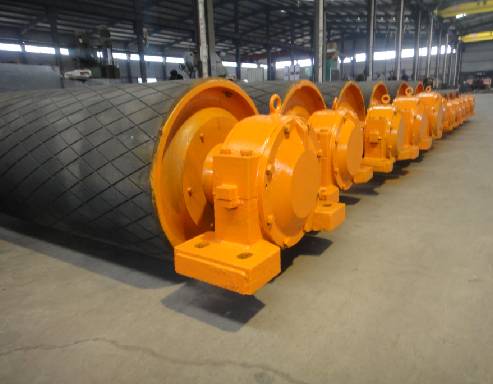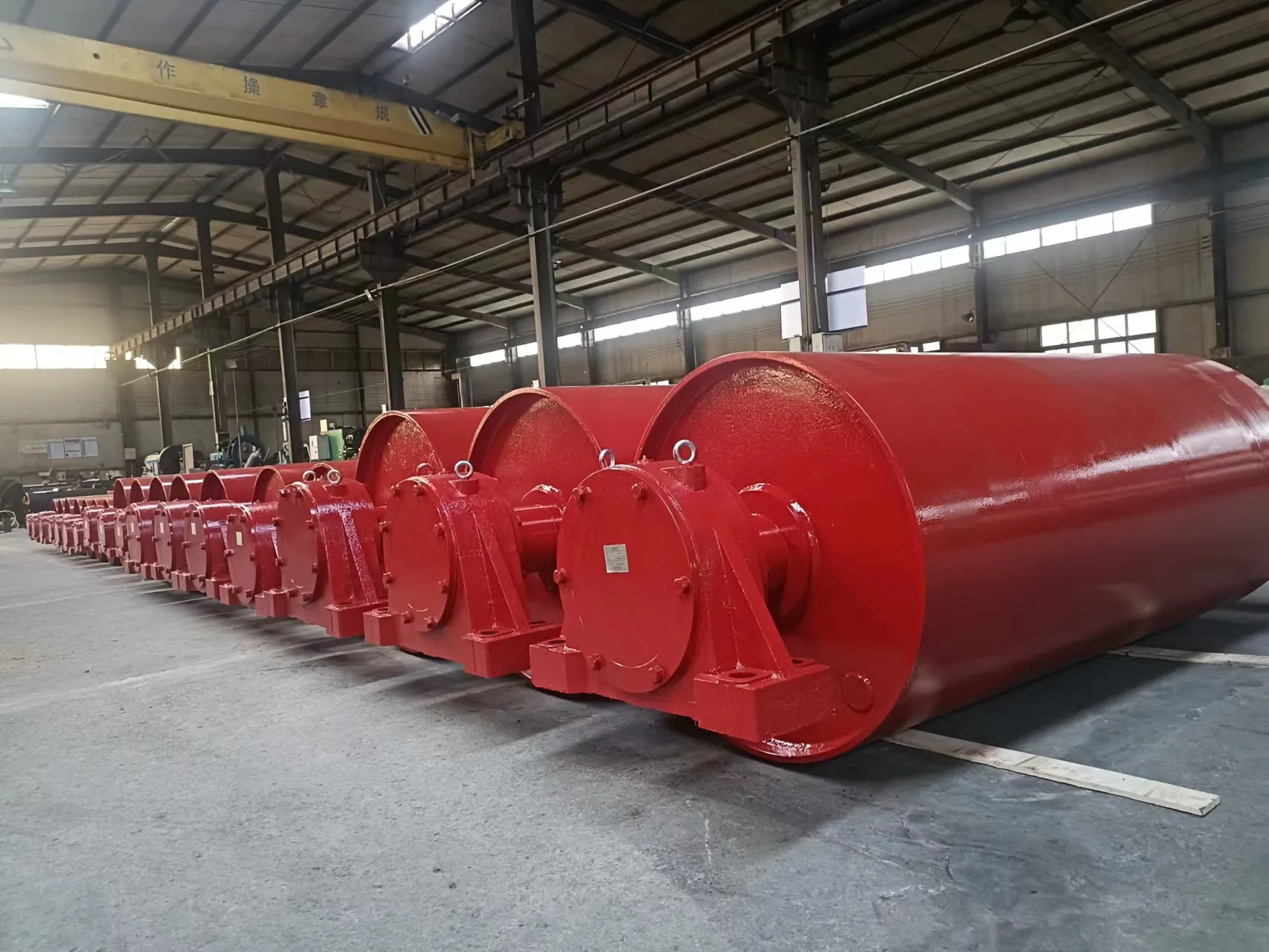 Afrikaans
Afrikaans  Albanian
Albanian  Amharic
Amharic  Arabic
Arabic  Armenian
Armenian  Azerbaijani
Azerbaijani  Basque
Basque  Belarusian
Belarusian  Bengali
Bengali  Bosnian
Bosnian  Bulgarian
Bulgarian  Catalan
Catalan  Cebuano
Cebuano  Corsican
Corsican  Croatian
Croatian  Czech
Czech  Danish
Danish  Dutch
Dutch  English
English  Esperanto
Esperanto  Estonian
Estonian  Finnish
Finnish  French
French  Frisian
Frisian  Galician
Galician  Georgian
Georgian  German
German  Greek
Greek  Gujarati
Gujarati  Haitian Creole
Haitian Creole  hausa
hausa  hawaiian
hawaiian  Hebrew
Hebrew  Hindi
Hindi  Miao
Miao  Hungarian
Hungarian  Icelandic
Icelandic  igbo
igbo  Indonesian
Indonesian  irish
irish  Italian
Italian  Japanese
Japanese  Javanese
Javanese  Kannada
Kannada  kazakh
kazakh  Khmer
Khmer  Rwandese
Rwandese  Korean
Korean  Kurdish
Kurdish  Kyrgyz
Kyrgyz  Lao
Lao  Latin
Latin  Latvian
Latvian  Lithuanian
Lithuanian  Luxembourgish
Luxembourgish  Macedonian
Macedonian  Malgashi
Malgashi  Malay
Malay  Malayalam
Malayalam  Maltese
Maltese  Maori
Maori  Marathi
Marathi  Mongolian
Mongolian  Myanmar
Myanmar  Nepali
Nepali  Norwegian
Norwegian  Norwegian
Norwegian  Occitan
Occitan  Pashto
Pashto  Persian
Persian  Polish
Polish  Portuguese
Portuguese  Punjabi
Punjabi  Romanian
Romanian  Russian
Russian  Samoan
Samoan  Scottish Gaelic
Scottish Gaelic  Serbian
Serbian  Sesotho
Sesotho  Shona
Shona  Sindhi
Sindhi  Sinhala
Sinhala  Slovak
Slovak  Slovenian
Slovenian  Somali
Somali  Spanish
Spanish  Sundanese
Sundanese  Swahili
Swahili  Swedish
Swedish  Tagalog
Tagalog  Tajik
Tajik  Tamil
Tamil  Tatar
Tatar  Telugu
Telugu  Thai
Thai  Turkish
Turkish  Turkmen
Turkmen  Ukrainian
Ukrainian  Urdu
Urdu  Uighur
Uighur  Uzbek
Uzbek  Vietnamese
Vietnamese  Welsh
Welsh  Bantu
Bantu  Yiddish
Yiddish  Yoruba
Yoruba  Zulu
Zulu Mar . 06, 2025 17:13
Back to list
Impact Roller
In the complex world of material handling, the belt conveyor stands out as a key player, streamlining operations across a variety of industries such as mining, agriculture, and manufacturing. A crucial component that ensures the efficiency and effectiveness of these systems is often underestimated the snub pulley. Understanding its role can significantly enhance a belt conveyor's productivity and longevity, making it an indispensable asset in conveyor systems.
Real-world applications illustrate the significance of snub pulleys. In mining operations, where conveyors transport tons of material, snub pulleys enhance load handling by ensuring enough friction and tension. This results not only in improved productivity by sustaining greater loads but also in enhanced safety, as the likelihood of slippage is minimized. Similarly, in the agricultural sector, where conveyors operate in diverse and often harsh conditions, snub pulleys contribute to the seamless and reliable handling of products ranging from grains to fertilizers, underscoring their value in maintaining high operational standards. The credibility of snub pulleys is also bolstered by their adaptability to maintenance needs. Their design facilitates easier access for inspection and maintenance tasks, ensuring that conveyor systems are not only efficient but also manageable long-term. This aligns with the broader industrial focus on minimizing downtime and extending the lifespan of conveyor components, reinforcing their role as an authoritative solution in material handling technology. In conclusion, the use of snub pulleys in belt conveyors embodies a sophisticated blend of technical acumen and practical insight, fulfilling a critical role in enhancing conveyor efficacy. By improving belt alignment, tension, and drive efficiency, snub pulleys not only boost productivity across industries but also contribute to the reliability and longevity of conveyor systems. The expertise invested in their design and application establishes them as indispensable in achieving high-performance material handling solutions, reflecting a deep-seated commitment to quality and dependability in industrial operations.


Real-world applications illustrate the significance of snub pulleys. In mining operations, where conveyors transport tons of material, snub pulleys enhance load handling by ensuring enough friction and tension. This results not only in improved productivity by sustaining greater loads but also in enhanced safety, as the likelihood of slippage is minimized. Similarly, in the agricultural sector, where conveyors operate in diverse and often harsh conditions, snub pulleys contribute to the seamless and reliable handling of products ranging from grains to fertilizers, underscoring their value in maintaining high operational standards. The credibility of snub pulleys is also bolstered by their adaptability to maintenance needs. Their design facilitates easier access for inspection and maintenance tasks, ensuring that conveyor systems are not only efficient but also manageable long-term. This aligns with the broader industrial focus on minimizing downtime and extending the lifespan of conveyor components, reinforcing their role as an authoritative solution in material handling technology. In conclusion, the use of snub pulleys in belt conveyors embodies a sophisticated blend of technical acumen and practical insight, fulfilling a critical role in enhancing conveyor efficacy. By improving belt alignment, tension, and drive efficiency, snub pulleys not only boost productivity across industries but also contribute to the reliability and longevity of conveyor systems. The expertise invested in their design and application establishes them as indispensable in achieving high-performance material handling solutions, reflecting a deep-seated commitment to quality and dependability in industrial operations.
Next:
Latest news
-
Revolutionizing Conveyor Reliability with Advanced Rubber Lagging PulleysNewsJul.22,2025
-
Powering Precision and Durability with Expert Manufacturers of Conveyor ComponentsNewsJul.22,2025
-
Optimizing Conveyor Systems with Advanced Conveyor AccessoriesNewsJul.22,2025
-
Maximize Conveyor Efficiency with Quality Conveyor Idler PulleysNewsJul.22,2025
-
Future-Proof Your Conveyor System with High-Performance Polyurethane RollerNewsJul.22,2025
-
Driving Efficiency Forward with Quality Idlers and RollersNewsJul.22,2025
OUR PRODUCTS





























